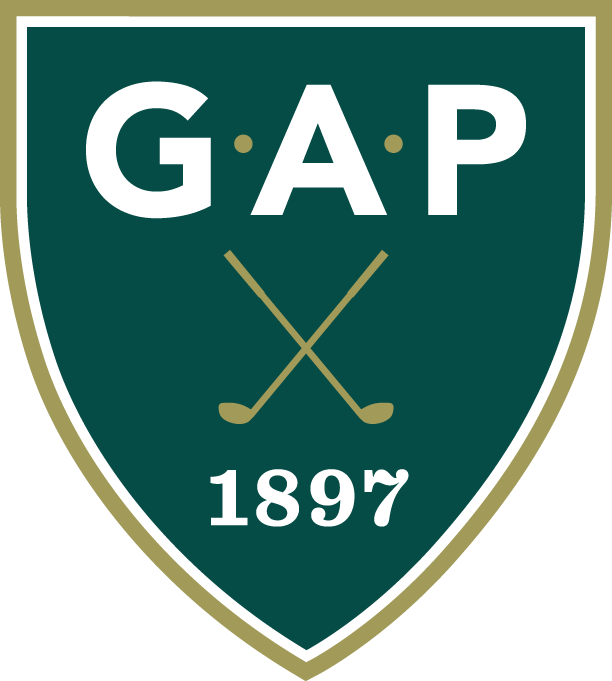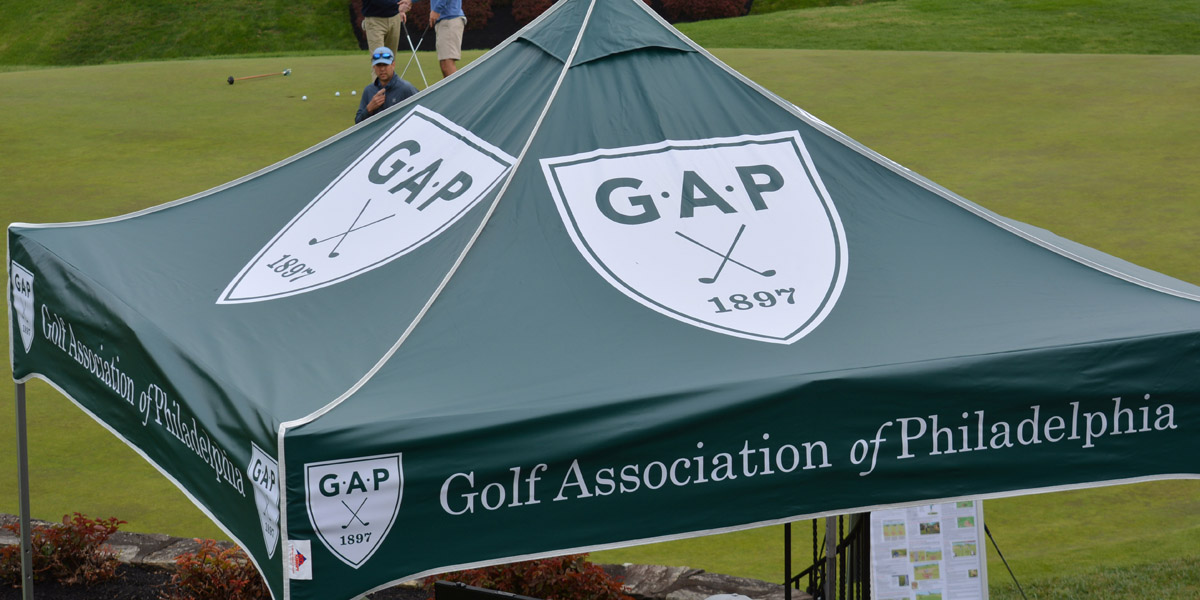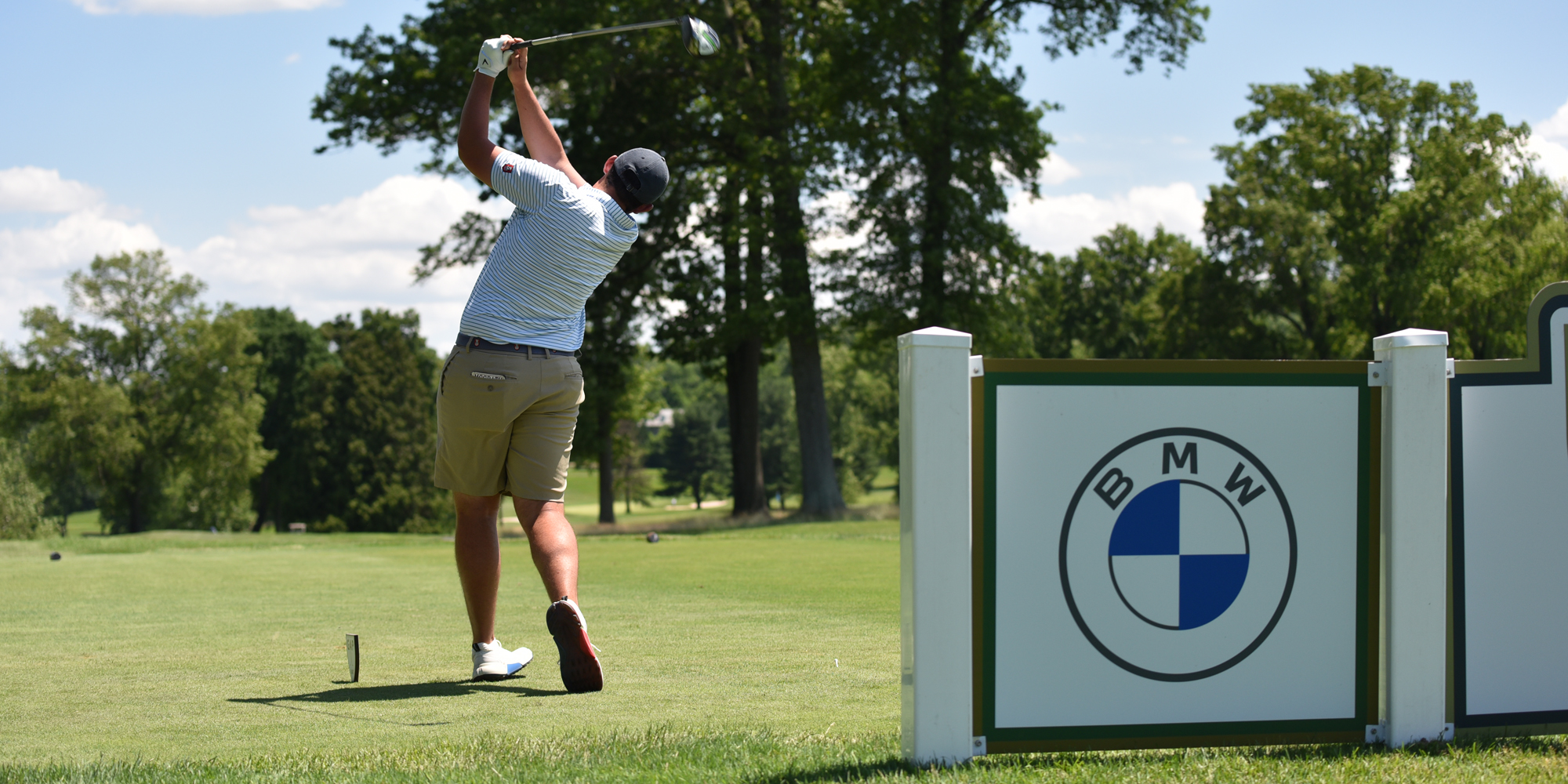GTM schedule complete; Commonwealth National looks to defendThe 2010 Golf Association of Philadelphia Team Matches schedule is complete and available on-line at www.gapgolf.org. This year’s matches are set for three consecutive Sundays, April 18, 25 and May 2, with the Playoff and Challenges scheduled for Saturday, May 8.A total of 320 teams from a record 130 clubs will field squads. Teams compete in a four-team sectional round-robin format (which equates to three matches in three weeks). A total of 12 players per team compete with six players staying home and six traveling to the opponent’s club. Clubs are divided and placed in Divisions AA through F based on the previous year’s results. Playoff and Challenges determined the top divisions’ clubs. The Interclub Matches, as the GAP Team Matches was originally called, served as the basis for the founding of the Association in 1897, and today, just like then, is a great source of club pride. It is believed that the GAP Team Matches is the single-largest golfing team competition in the country. “The GAP Team Matches is a perfect way to begin the season,” said Mark Peterson, Executive Director of the Golf Association of Philadelphia. “It promotes a club unity and an enthusiasm unlike any other golfing experience. “The Association is proud to call the Team Matches and the camaraderie, friendships and experiences it generates our own. The Matches, obviously, holds a special place in the history of the GAP and we are proud to continue that in 2010.” Last year, Commonwealth National Golf Club’s top team claimed its second title in three years. CNGC defeated Moselem Springs Golf Club, Tavistock Country Club and Yardley Country Club for the crown. Commonwealth National Golf Club also won the 2007 championship, ending a three-year Tavistock Country Club run. “Last year was another very exciting year for Commonwealth. The team made it to the final, which for many of us is the best day of the golf season, win-or-lose,” said new Commonwealth captain Brett Diakon. “The fact that we won, thanks to exceptional play by all 12 team members, allows for the day's excitement to linger a bit longer. Somewhere underneath the snow is next season and I am confident in our ability to reach the final again. It is a great opportunity to compete against the best players in the area and we will need another season of strong team play to defend the championship.” The GAP Team Matches schedule features four clubs with five teams – Commonwealth National Golf Club, Huntingdon Valley Country Club, Philadelphia Cricket Club and Tavistock – as well seven clubs with four teams. Back Creek Golf Club, Bidermann Golf Club, Golden Pheasant Golf Club, Limekiln Golf Club, Middletown Country Club, Rancocas Golf Club and Reading Country Club, will field new teams this year after recently joining the Association. The composite schedule for the GAP Team Matches schedule takes about a month to complete. As previously stated, clubs are divided and placed in Divisions AA through F based on the previous year’s results, including the results from the Challenges. In addition to the year’s prior results, teams in Divisions AA, A and B are also placed in their four-team round robin section based on a rotating system. Teams in C, D, E and F also earn their way up (or down). Once the respective sections are set and clubs rotated accordingly, two more determining factors are then used before the groupings are solidified: drive time and duplication. The Golf Association of Philadelphia does its best to keep all clubs within a reasonable drive of their competitors. Also, the Golf Association of Philadelphia does its best to avoid scheduling teams in the same division that have competed on a respective golf course in the last four years. In fact, over that time frame only three teams have had to make a return visit to a venue they’ve competed on in prior seasons. In that time frame, more than 3,700 matches have been contested. Founded in 1897, the Golf Association of Philadelphia (GAP) is the oldest regional golf association in the United States and serves as the principal ruling body of amateur golf in its region. Its 141 Member Clubs and 56,000 individual members are spread across parts of Pennsylvania, New Jersey, Delaware and Maryland. The purpose of the Association is simple: To promote, protect and preserve the game of golf in the region.
|
About
Founded in 1897, GAP continues to champion golf for the benefit of the game in its region and beyond.
About HomeA Walk Through Time
GAP is the oldest state or regional golf association in the country. It started courtesy of a friendly competition – the Team Matches – and has grown into the preeminent golf association in the country. Along the way, golf history has been made.


